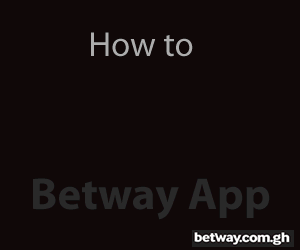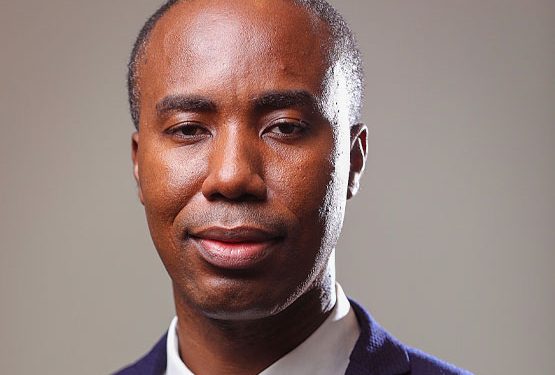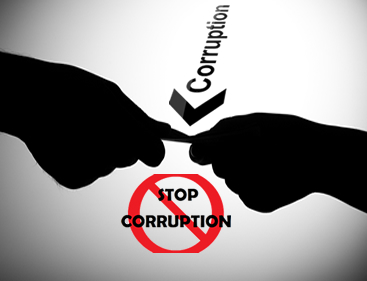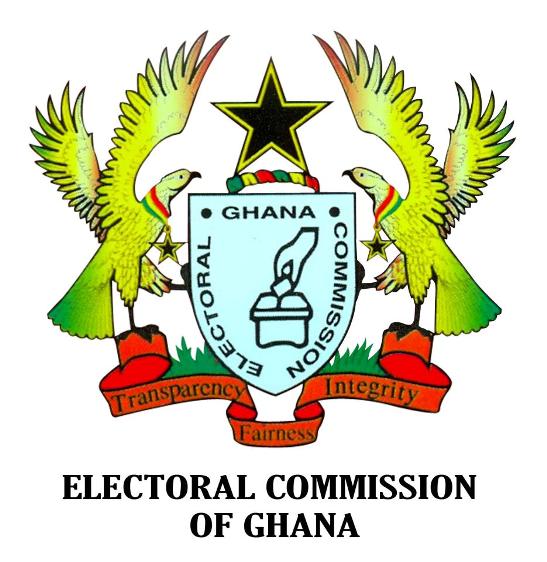
By E.N. Yaw YEBOAH
“A strategy is not a document. It’s a decision.” — Mark Pollard, Strategist & Founder of Sweathead.
In Ghana’s advertising and marketing circles, “strategy” is often treated as the warm-up act, a deck to tick off before the big idea takes centre stage. But in reality, strategy is the idea’s spine. It’s the invisible force that separates campaigns that win attention from those that win results. Yet too often, what passes for strategy in client presentations is a loose collection of buzzwords, generic insights, and trend-chasing charts, not real thinking. As global strategist Julian Cole puts it, “If your insight can be used by any brand, it’s not an insight. It’s an observation”.
In an industry where media budgets are shrinking and attention is harder to earn, the real competitive edge isn’t just creativity, it’s clarity. Strategic clarity. But who’s asking the hard questions in Ghanaian briefs?
Who’s challenging assumptions, digging beneath the surface of consumer behaviour, or pushing for relevance over noise?
Not enough people, and it shows.
Consider this: Despite the explosion of creative talent in Ghana, from digital creators, influencers, to designers, how many campaigns truly move the needle?
How many launches with clear brand memory structures, consumer tension, or cultural resonance?
The difference between “nice ad” and “business result” is rarely execution. It’s a strategy.
I’ve sat in pitch rooms where the “strategy” amounted to demographic guesses, wishful brand purpose statements. In those moments, it was obvious: strategy had become a formality. A PowerPoint placebo. Strategy is treated like a garnish: something to make the creative meal look complete, not something that defines the entire dish.
It was a routine, a performative preamble designed to make clients feel like due diligence had been done. But once the show began, strategy left the room. We present decks filled with beautiful slides, lovely taglines, and rehashed consumer truths, then call it strategy. But let’s be clear: the presence of a deck doesn’t mean the presence of direction.
The issue isn’t that Ghana lacks talent. Quite the opposite. We have brilliant creatives, skilled designers, nimble digital marketers, and insightful account leads. But the strategic function, the act of thinking before doing, of mapping before building, is often underdeveloped, misunderstood, or worse, entirely missing. In many agencies, it is absorbed into other roles or diluted into templates and frameworks. It becomes a checklist, not a challenge.
Many clients, too, haven’t learned to demand more. They want “big ideas,” “viral campaigns,” and “eye-catching visuals,” but baulk at paying for the thinking that gives those things direction and distinction. The obsession with tactics, giveaways, hashtags, and influencers is symptomatic of a broader undervaluing of thought. We’re measuring movement, not meaning. Outputs, not outcomes.
And yet, the science of strategy is not a mystery. Les Binet and Peter Field have shown us, through years of data, that emotional, brand-building campaigns generate better long-term business results than short-term sales activations. Byron Sharp’s work with the Ehrenberg-Bass Institute makes it clear: brand growth depends not on loyalty, but on building mental and physical availability. Strategy is not intuition. Its intention is backed by insight, theory, and evidence.
So how do we tell the difference between real and fake strategy?
Fake strategy is filled with trends and truisms: “Gen Z craves authenticity.” “We need to be disruptive.” It sounds smart but says little. It presents data without a point of view. It looks good in a deck but collapses under scrutiny. Real strategy, on the other hand, is uncomfortable. It introduces tension. It forces trade-offs. It has a clear, coherent story that aligns business goals with human truths.
That’s where storytelling comes in, not as entertainment, but as architecture. Strategic storytelling is about alignment. It’s how a brand speaks, acts, and shows up with internal coherence and external clarity. It’s the narrative logic that turns a purpose statement into a customer experience. And it doesn’t have to be flashy to be effective. In fact, the best strategic stories are usually quiet but undeniable.
One way to build this story is through the 4Cs of brand strategy: Company, Consumer, Culture, and Category. Each C represents a unique pressure, internal ambition, human need, societal context, and market competition. They’re interconnected, but not interchangeable. A strong strategy doesn’t just nod to them, it interrogates their tensions and finds a sharp position within the overlap. It’s not enough to say, “Our product is affordable and high-quality.” Every brand says that. Real strategy digs deeper: What unmet desire are we tapping into?
What belief are we challenging? What behaviour are we reshaping?
And Ghana is ripe for this kind of work. We’re sitting on a rich mine of underutilised cultural codes, consumer patterns, and contextual truths. From the street-level insights of Kumasi to the digitised rituals of Accra’s Gen Z, the country pulses with signals that can fuel a distinctive strategy. But you have to stop, listen, and think to see them. And in a fast-moving environment where immediacy is often mistaken for relevance, thinking time is rare.
What we need is not more talent. We have that. What we need is more thinking. More discomfort. More rigour. More respect for the process that gives talent its direction. We’ve confused noise for resonance. We’ve mistaken visibility for value. We’ve conflated execution with effectiveness. But the most successful brands, even on our continent, are the ones that have learned how to turn cultural nuance into strategic clarity.
That brings me to the role of the strategist. Not the person who fills in a template, but the one who shapes the terrain. The strategist is a translator, turning business goals into consumer language. A provocateur pushing the team beyond clichés. An architect laying foundations that others can build on. This role isn’t celebrated enough in Ghana. Strategists are still underrepresented compared to creatives, digital leads, PR professionals, and media planners and buyers. And that’s a strategic failure in itself.
As AI reshapes the industry, that imbalance will be even more pronounced. Generative tools can summarise research, write copy, and generate artworks, videos and mood boards. But they can’t synthesise contradictions, spot cultural tension, or understand the nuance of Ghanaian humour. AI can amplify efficiency. But it can’t replace judgment. And that means the value of a true strategy of original thought grounded in context will only grow.
A mentor of mine, a creative director I had the privilege to work with early in my career, once told me something I’ll never forget: “Creative brings the magic. Strategy adds the logic.” That sentence has guided how I see our work. Magic alone gets you attention. Logic gets you traction.
So here’s the challenge to every marketer, agency, and client reading this: before you brief the creative, before you approve the spend, before you chase the likes, ask yourself: What are we solving for?
What truth are we owning?
What makes this brand different, not just loud?
Because in the end, the difference between a campaign that worked and one that just worked out is strategy.
And strategy, when done right, is never just the deck.
It’s the difference.
The writer is the Lead Strategist at Black Excellence House, one of the boldest, most creative marketing agencies in the game.
The post Strategy is not a deck, it is the difference appeared first on The Business & Financial Times.
Read Full Story



















Facebook
Twitter
Pinterest
Instagram
Google+
YouTube
LinkedIn
RSS